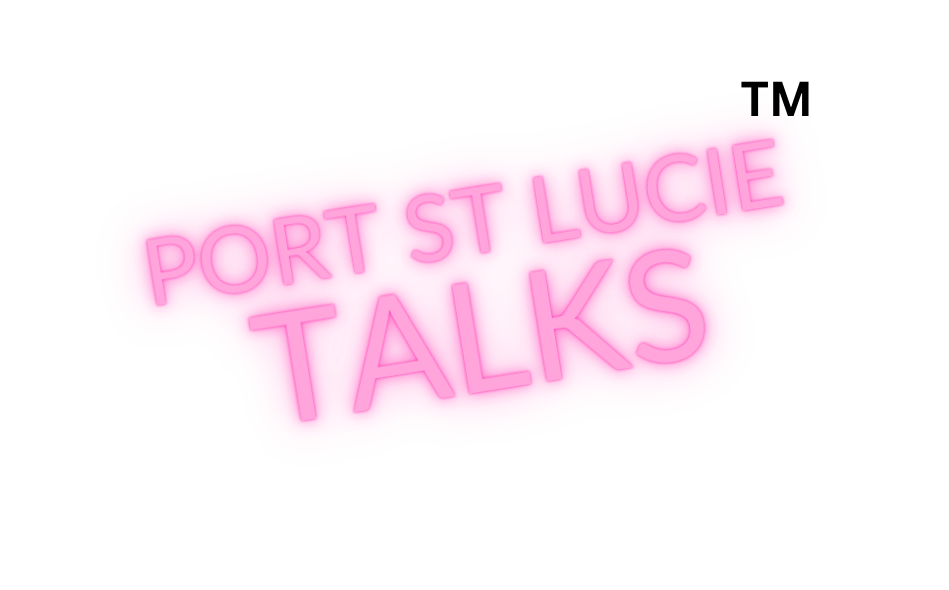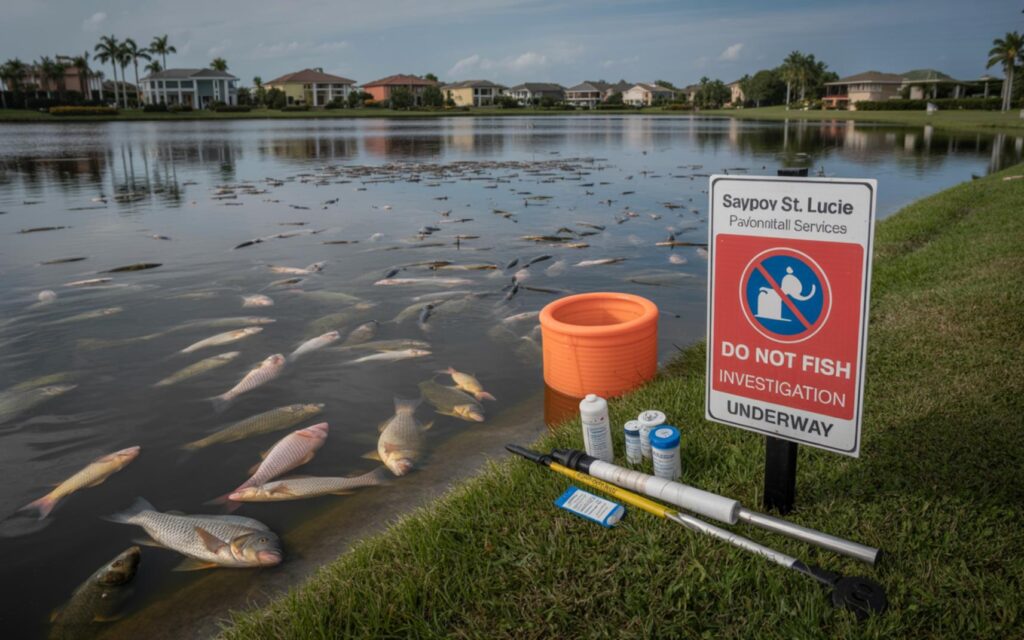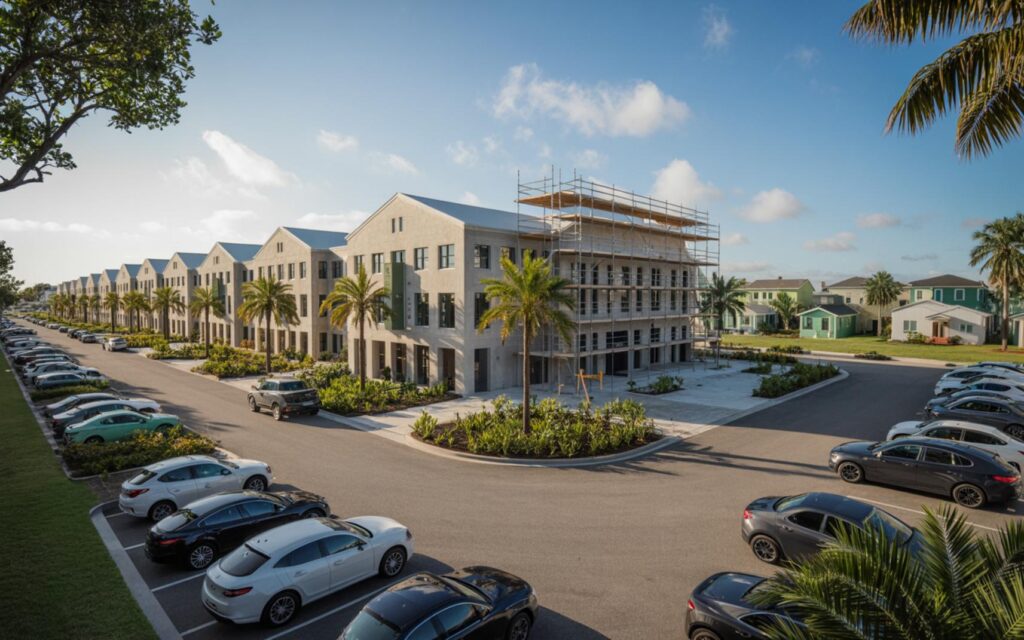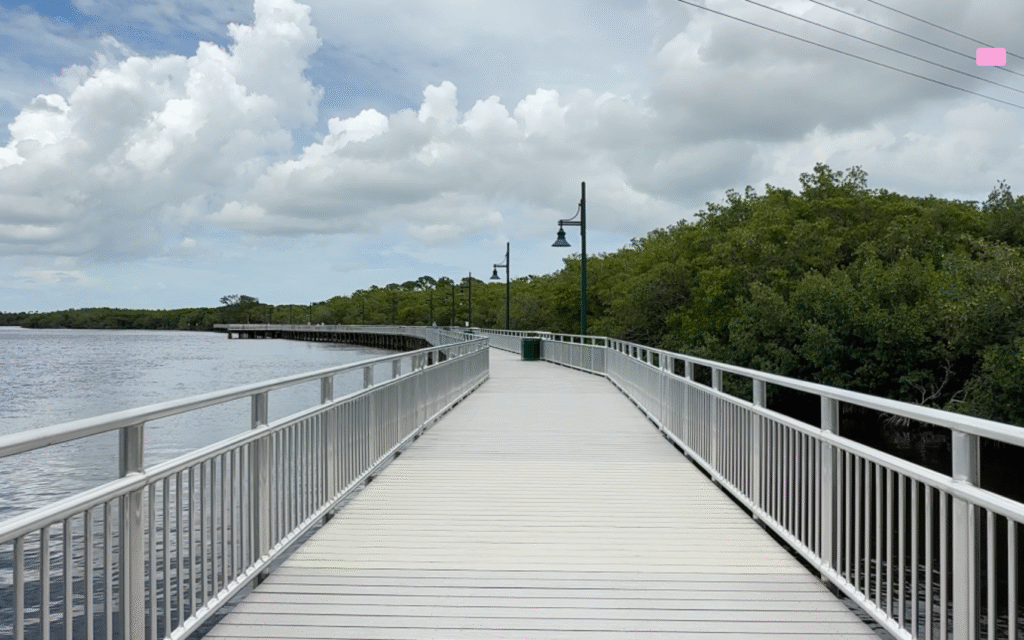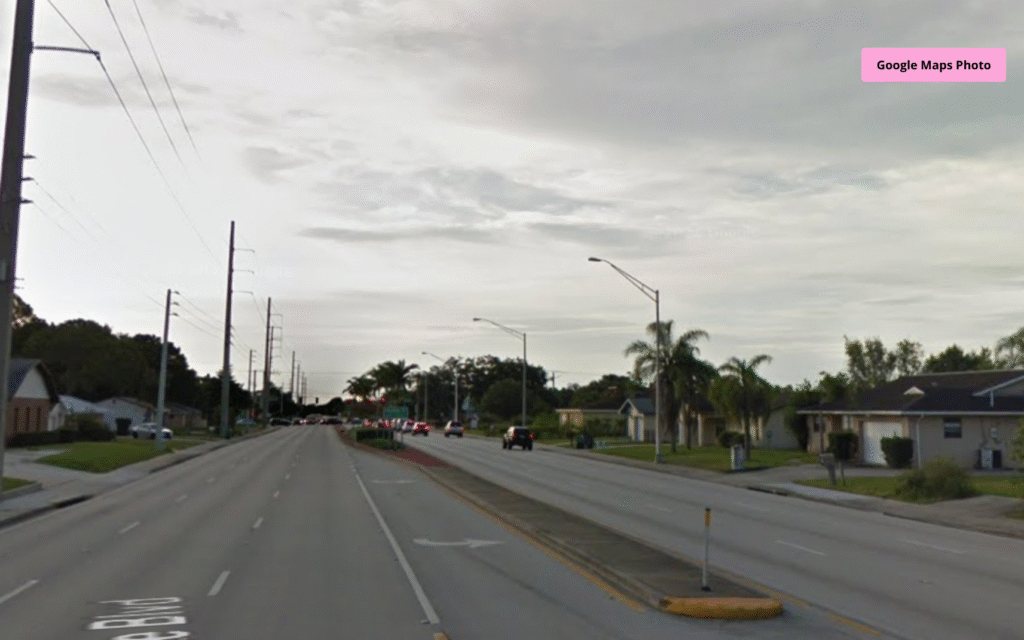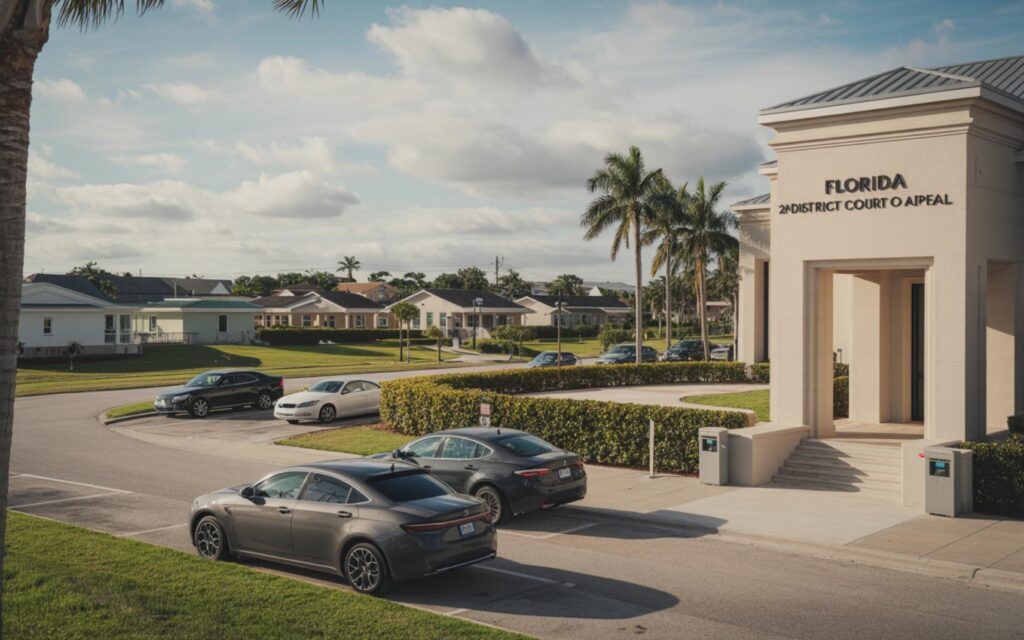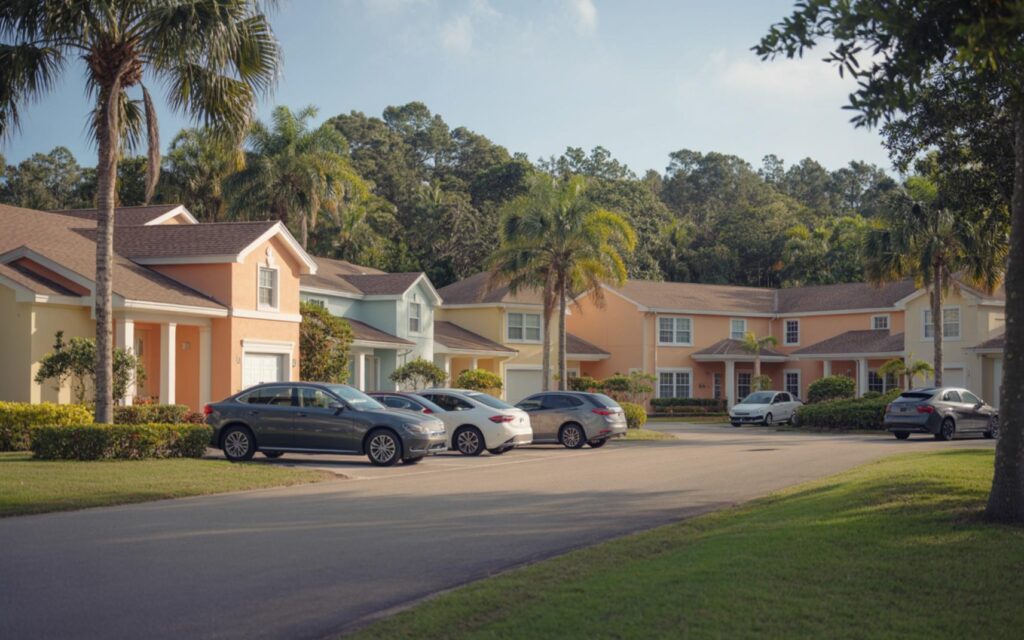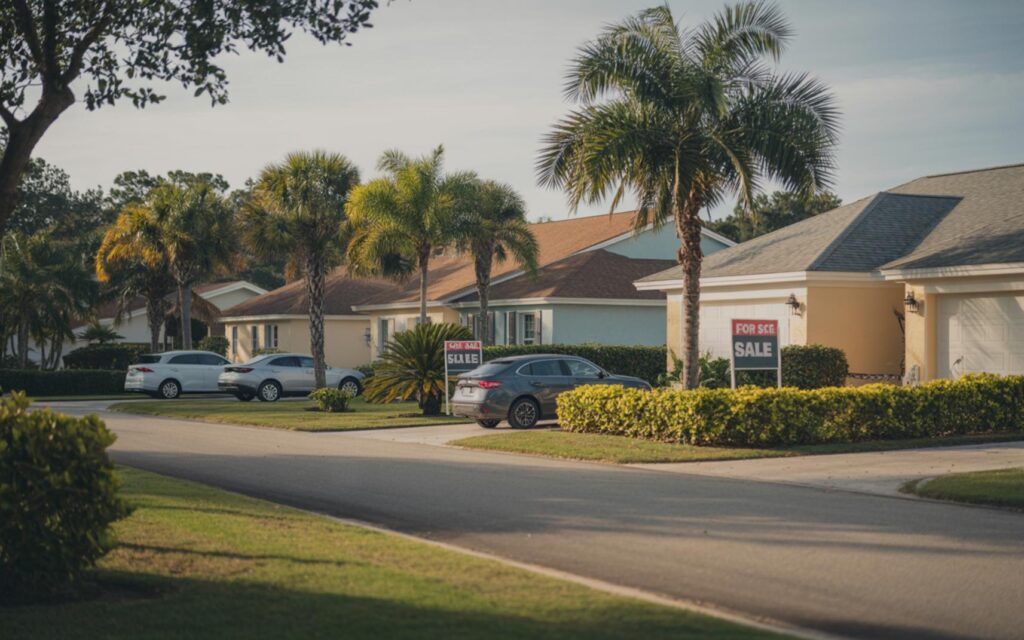Over 1,500 dead fish were removed from a lake in the Sawgrass Lakes community of Port St. Lucie in August 2025, with blue-green algae identified as a contributing factor, according to city officials and environmental agencies. This fish kill event has prompted concern among residents and led to an ongoing investigation into the causes and future risks associated with the affected water body.
Blue-Green Algae in Port St. Lucie: Laboratory Findings and Water Quality
The main keyword, blue-green algae in Port St. Lucie, has become a focal point following laboratory analysis of the Sawgrass Lakes water. According to city officials, water samples confirmed the presence of cyanobacteria, commonly known as blue-green algae, in the impacted lake. Laboratory results indicated that, as of the latest tests, the detected algae were not producing harmful toxins.
Environmental experts and the Florida Department of Environmental Protection note that blue-green algae blooms can sometimes produce toxins that pose health risks to humans and animals. However, not all blooms are toxic, and the current situation in Sawgrass Lakes does not involve toxin production at this time.
Fish Kill Causes: Low Oxygen and Bacterial Infection
According to a preliminary report by city environmental staff, the primary cause of the fish kill was identified as low dissolved oxygen levels in the water. This condition is often associated with environmental factors such as stagnant water and elevated temperatures, both of which were present during the August 2025 event.
Additional testing revealed that the dead fish were also affected by a bacterial infection. Experts generally recognize that fish kills in similar Florida lakes are frequently linked to a combination of high temperatures, algal blooms, reduced oxygen, and sometimes secondary infections.
City Response: Algae Treatment and Resident Advisories
The City of Port St. Lucie responded by initiating non-toxic algae treatments in the affected lake. According to city officials, these treatments are designed to control the blue-green algae bloom and improve water quality. The city assured residents that the products used are safe for humans, pets, and aquatic life.
Officials emphasized that the impacted lake is not a source of drinking water for the community. Nevertheless, residents were advised to avoid direct contact with the water and to prevent pets from drinking or entering the lake until further notice. These advisories remain in effect as monitoring continues.
Resident Concerns: Odors and Wildlife Activity
Residents in the Sawgrass Lakes community reported strong odors and increased scavenger activity, including the presence of vultures, due to the large number of dead fish. City officials acknowledged these concerns and coordinated the removal of over 1,500 fish to address health and nuisance issues.
Ongoing Monitoring and Long-Term Solutions for Blue-Green Algae in Port St. Lucie
Continuous monitoring is underway to detect any changes in the algae, including the potential for toxin production in the future. According to city officials, there is no evidence of chemical or wastewater releases from nearby facilities into the lake.
The city is evaluating long-term solutions to prevent similar events. Options under consideration include:
- Improving aeration and water circulation systems in the lake
- Restoring aquatic vegetation to support ecological balance
- Reducing nutrient runoff from surrounding areas
- Enhancing stormwater management practices
These measures are intended to address the root causes of blue-green algae blooms and fish kills, supporting healthier water bodies in Port St. Lucie.
Expert Insights: Environmental Factors and Preventive Measures
According to the Florida Fish and Wildlife Conservation Commission, fish kills in Florida are often the result of multiple environmental stressors. High temperatures, stagnant water, and nutrient-rich conditions can create ideal circumstances for blue-green algae growth and subsequent oxygen depletion.
Preventive strategies typically focus on:
- Increasing water movement to prevent stagnation
- Limiting nutrient inputs from fertilizers and runoff
- Maintaining a healthy mix of aquatic plants
These approaches can help reduce the likelihood of future blue-green algae blooms and fish kills in residential lakes and stormwater systems.
Frequently Asked Questions About Blue-Green Algae in Port St. Lucie
What is blue-green algae and why is it a concern in Port St. Lucie?
Blue-green algae, or cyanobacteria, are microscopic organisms that can form blooms in warm, nutrient-rich water. In Port St. Lucie, these blooms can lower oxygen levels and sometimes produce toxins that affect people, pets, and wildlife.
How much risk does blue-green algae pose to humans and pets?
As of the latest tests, the blue-green algae in Sawgrass Lakes is not producing toxins. However, contact with water during a bloom is not recommended, as conditions can change and some blooms can become harmful.
Are there safe treatments for blue-green algae in PSL lakes?
The City of Port St. Lucie uses non-toxic algae treatments that are safe for people, pets, and aquatic life. These treatments help control algae growth and improve water quality.
Can you drink or use water from the affected lake?
No, the affected lake in Sawgrass Lakes is not a source of drinking water. Residents are advised not to swim, fish, or let pets drink from the lake until officials confirm it is safe.
Where are blue-green algae blooms most likely to occur in Port St. Lucie?
Blue-green algae blooms are most likely to occur in lakes, ponds, and canals with warm, stagnant water and high nutrient levels. Stormwater management areas and residential lakes are especially at risk during hot weather.
